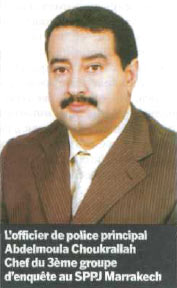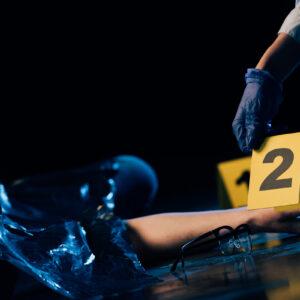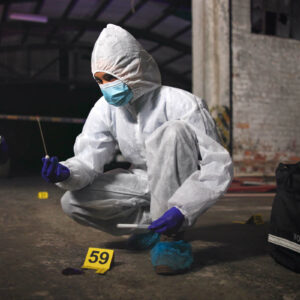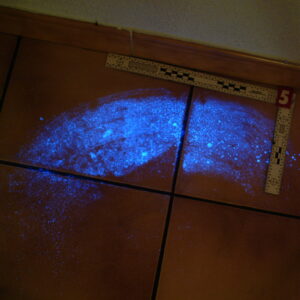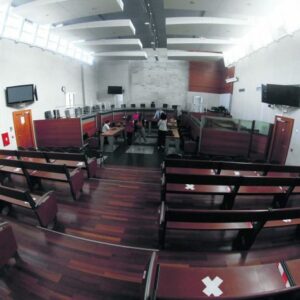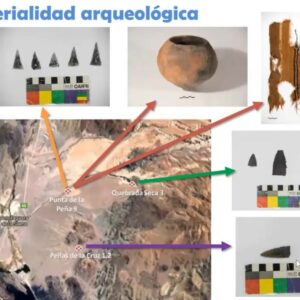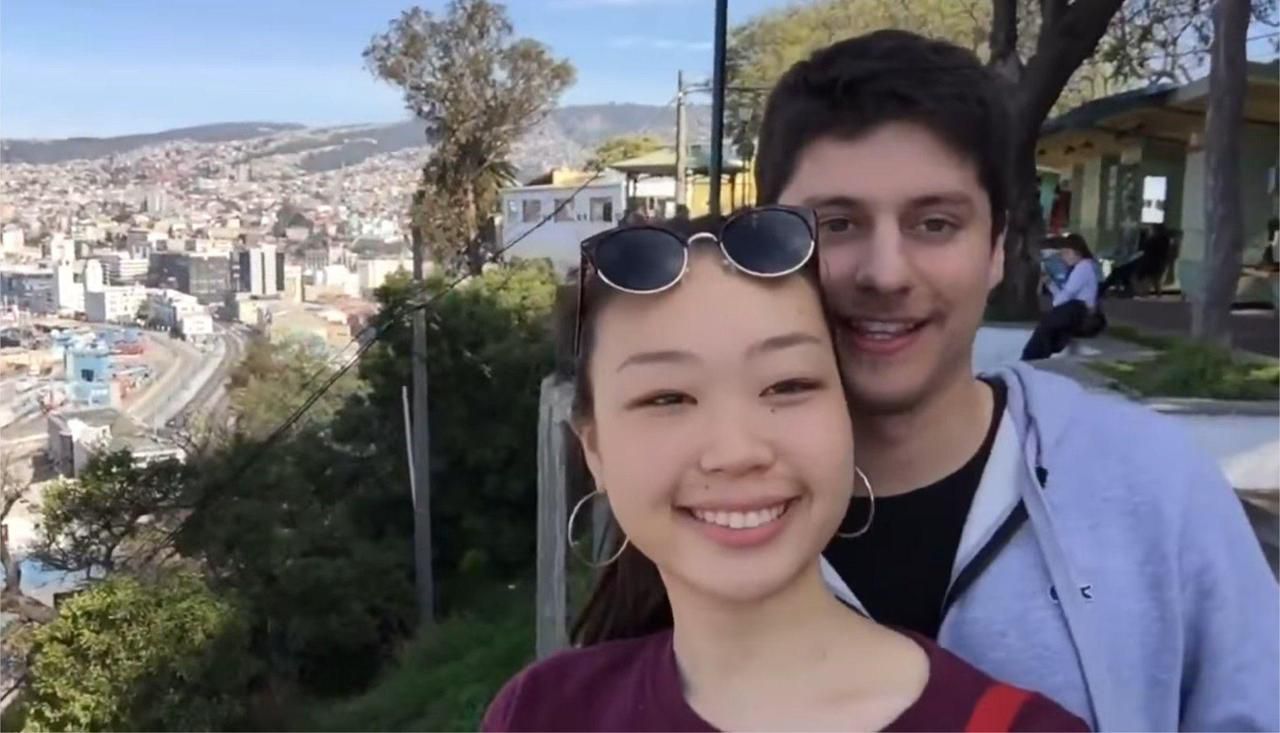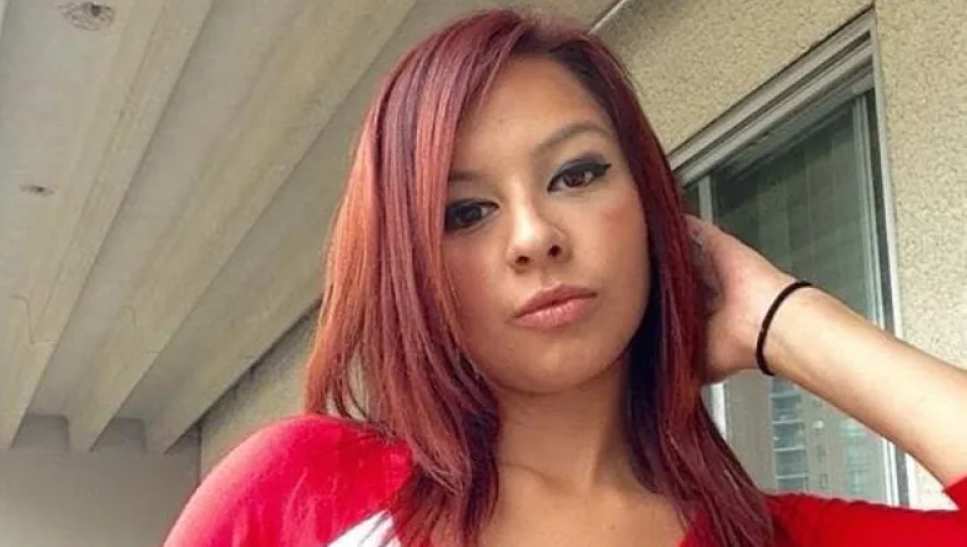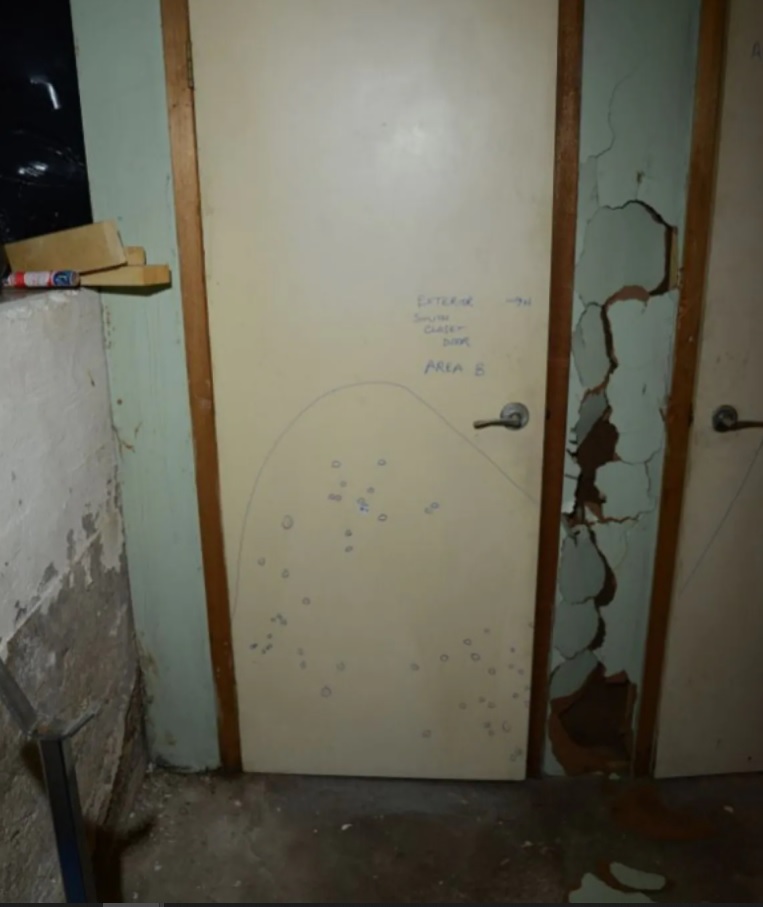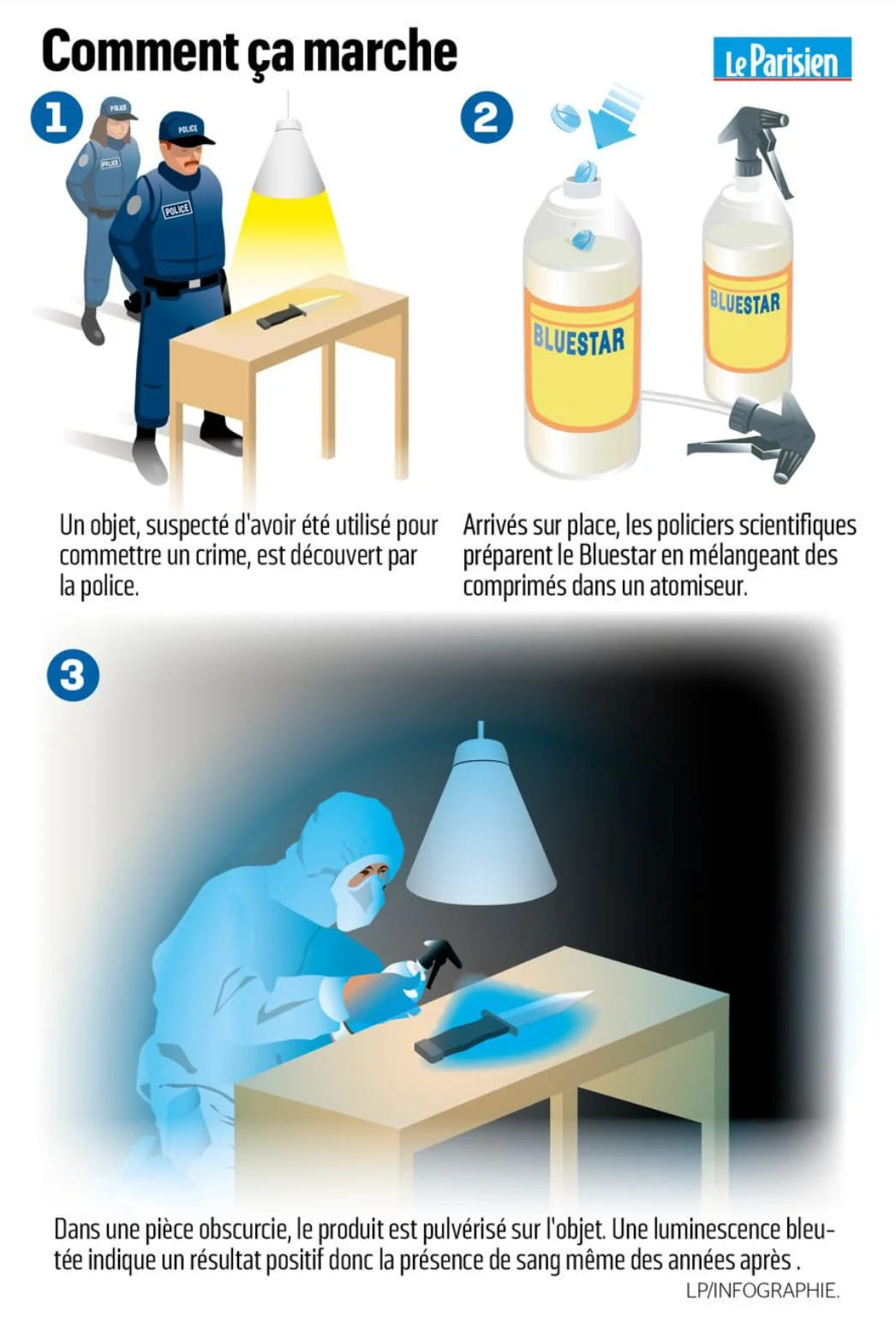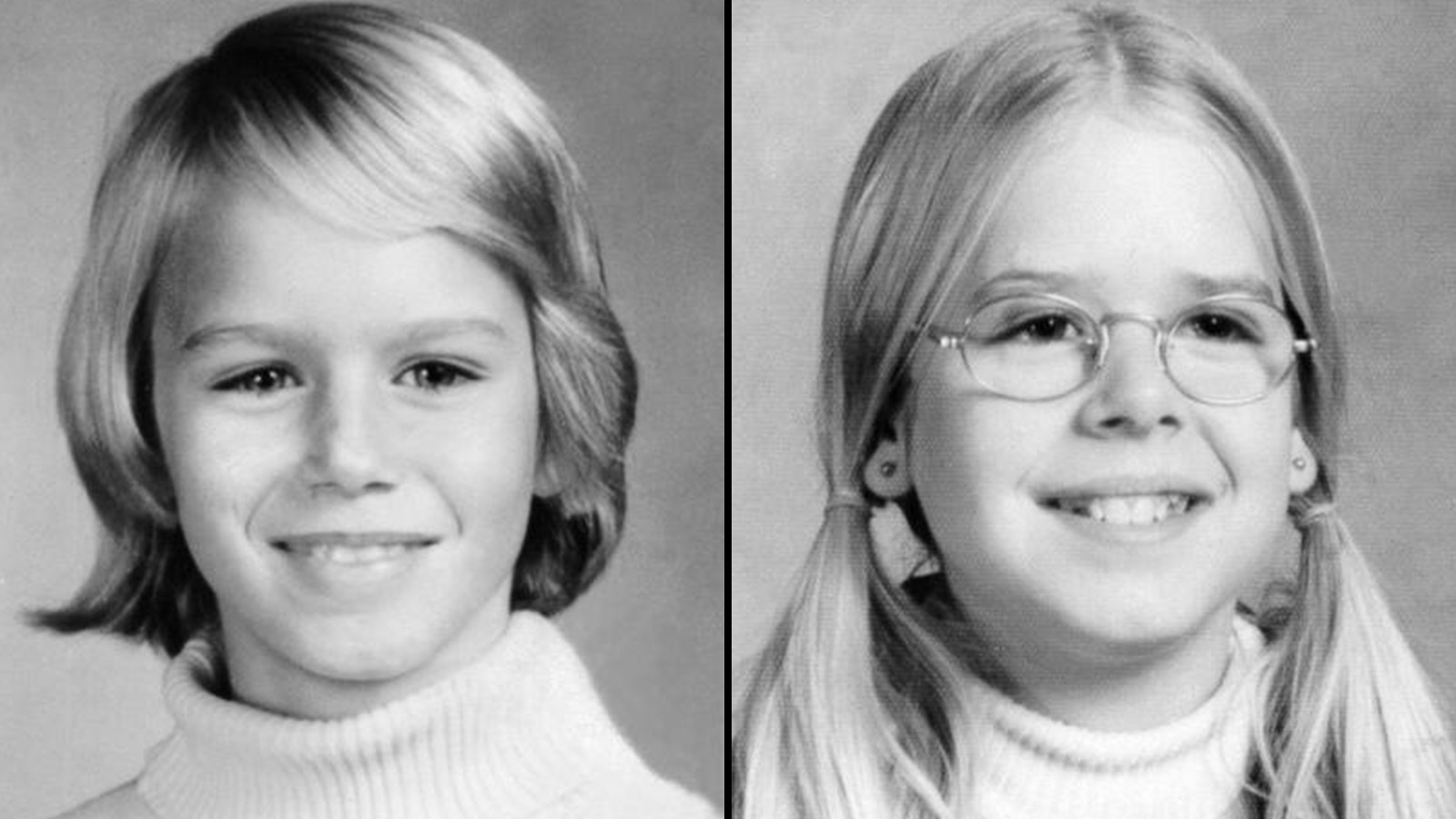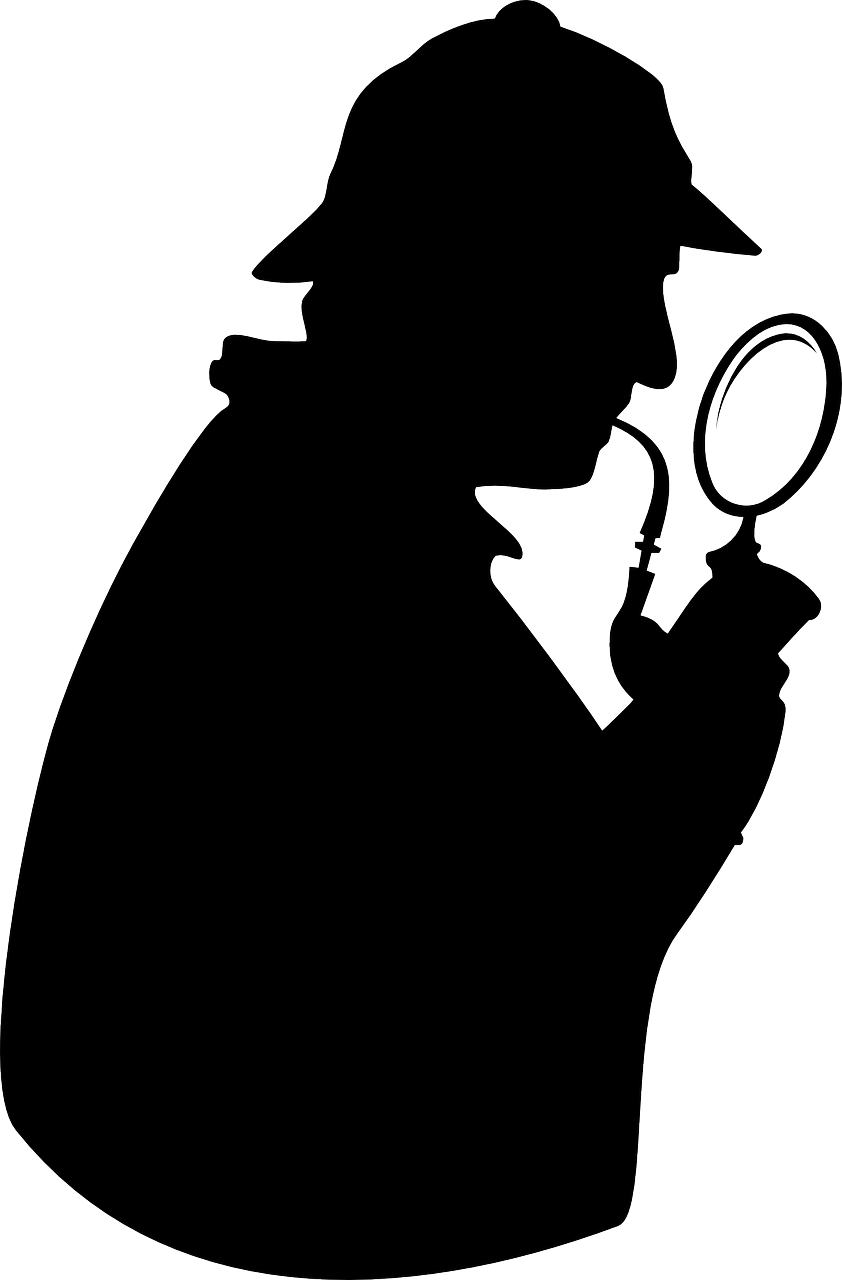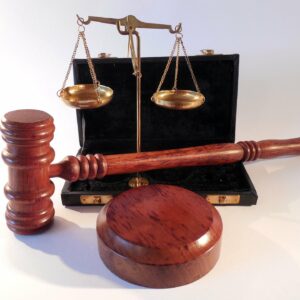He displayed his usual poor sense of situation, believing he had a lot more leverage over me than he did. The terms he repeated were ridiculous, but I heard him out. Then I asked the questions I most wanted him to answer.
“Why did you keep talking to the detectives?”
Lloyd said he had no choice. He said his repeated requests for a lawyer were ignored. Prison authorities told him that he had to continue meeting with the detectives. None of this was borne out by the videos I had watched. His participation throughout had appeared completely voluntary.
Dave Davis had asked me to convey a message. I was to assure Lloyd that his prison account would never be empty if he revealed where the girls’ bodies were. It wasn’t an official offer, but the Montgomery County police had spent millions on the investigation and still didn’t have that answer.
“I have told them all I know,” Lloyd insisted. “Just because a person pleads guilty to something doesn’t mean they are guilty of it. I did not murder or kidnap them girls.”
Who did?
His Uncle Dick was responsible.
“How do you think I would take two little girls out of the mall, kicking and screaming?” he asked. “Who would be able to do something like that? A man with a uniform.” (Dick had worked as a security guard.) He didn’t understand why Dick had not been charged. He said he was afraid of his uncle, as he had been in 1975.
While insisting on his innocence, Lloyd nevertheless seemed a little proud of whatever role he had played in the crime. I told him of my early coverage of the story, and of all the years I had wondered about it. He noted that it had taken the Montgomery County police almost 40 years to link him to the case. “I’ll bet it seemed like the perfect crime, didn’t it?” he boasted.
He complained about being treated as a rapist and child-murderer in the prison. Someone, he said, might still “put a shank” in his back. Then he said he had enjoyed the interview sessions because they got him out of the prison, and he got to eat something better than prison fare. “That’s one of the reasons I kept talking to them,” he said, contradicting what he’d said minutes earlier. He insisted that he had told the detectives the truth throughout, only sparingly. “I was also trying to protect myself.”
By the end of our appointed hour, I saw no strong reason to talk with him further. I had seen him invent and reinvent his version of the story so often that I saw no point in inviting him to do the same with me. But when I wrote back to him a few days later to reject his deal, I added that if he changed his mind about the payment and wanted to talk with me more, I’d come back and listen.
I got another letter from him promptly. “I received your letter and I am very disappointed in this. So let me say this to you so you can understand what I am saying to you. First the documentary you are doing, you may not use any pictures of me or Helen and you may not use my name in anyway at all. … Now, as for your book, I do not give you any permission to use my or any pictures of me or Helen in any way. You do not have my approval or authorization to use anything about the Welch’s name. You may not use any of the interview sessions that you have of me.”
He continued, “Sorry we did not come to some kind of a understanding. … If you want to come see me then you will have to put $300 on my commissary’s books before you can talk to me again. My time is money now.” I noticed that, despite his tone, the price had dropped considerably.
Mark Bowden is an award-winning journalist and author. This article is adapted from his most recent book, “The Last Stone: A Masterpiece of Criminal Interrogation,” published this month by Atlantic Monthly Press.
